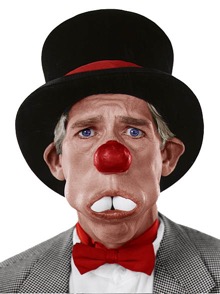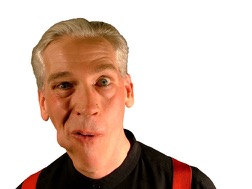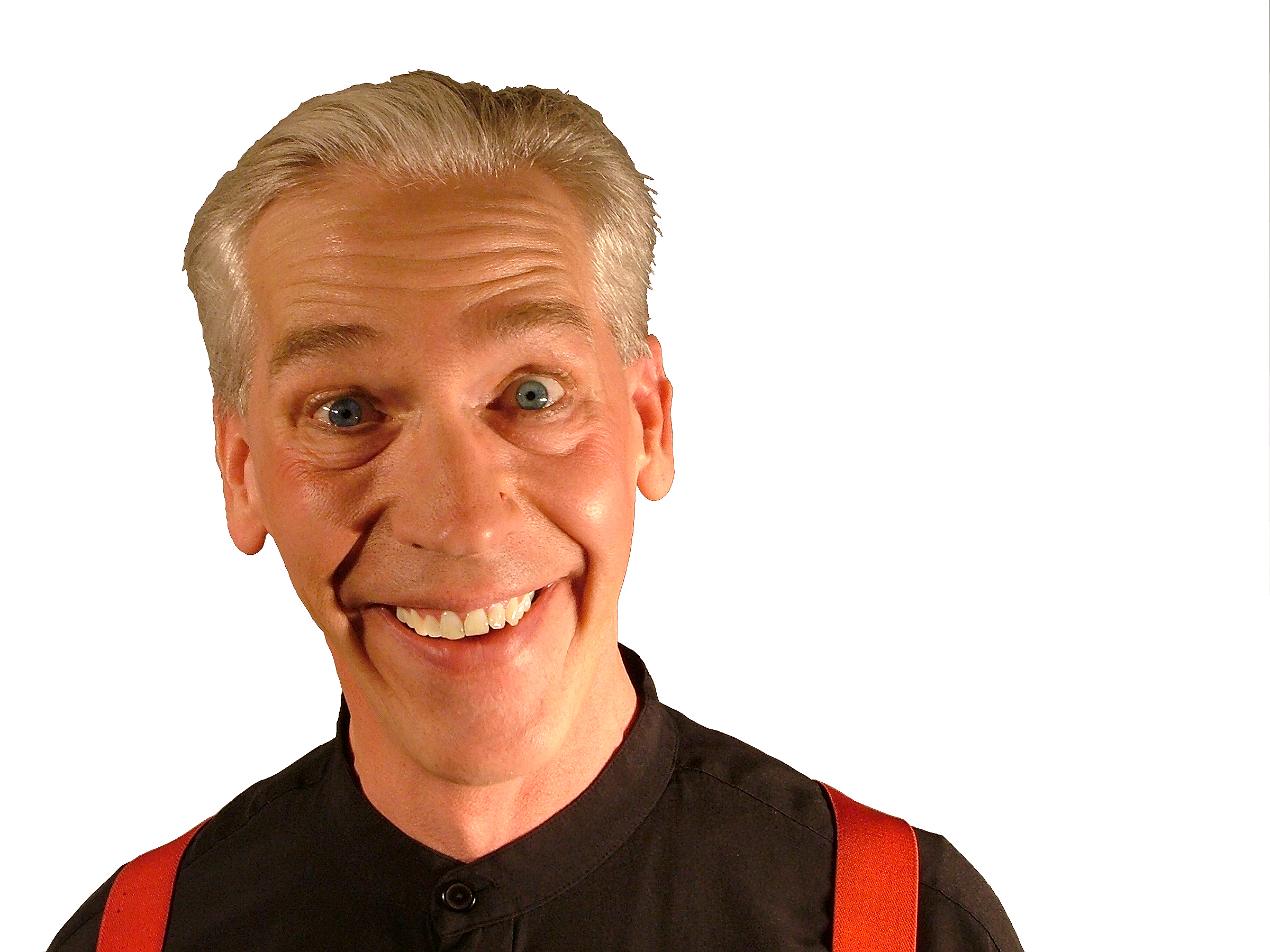The clown is a poet, who is also an orangutan. In providing training for Clown, I use my roots in the art of Mime, along with a deep love of laughter, creation, and discovery, all tempered by a passion for spectacular physical skill and the amount of practice and dedication required to achieve that level of competency. Clowns throughout history have always had something to say about their fellow travelers. Successful and memorable Clowns have done so in a way that is funny.

In CLOWN classes, students will learn how to create characters through movement, improvisation, mask, imitation, costume, and memory. As students investigate character, the search for their own, personal clown(s) begins. In working with variety skills (juggling, magic, mime, etc.) and with Slapstick or Physical Comedy skills, we find the tools of the Clown that will enable performers to present an altered or skewed reality which is conducive to presenting the Clown’s perspective to an audience. Think of these skills as a fun-house mirror. The Clown’s mask, generally a red nose, is a powerful tool in the same manner as the hard-earned skills. Much time will go into training the body in using masks of many kinds. What starts as a tool in teaching actors to move, becomes the portal through which the clown is exposed. The Clown Nose is as mystical as any religious artifact, and as difficult to comprehend, and as easy to abuse. We will consider Costume as well, with an understanding that Costume is an extension of the Mask.
Class activities will be drawn from the following:
Warm-ups. Stretching, strengthening, tumbling, loosening joints, and rolling on the floor.
Skills. Balancing, juggling, magic, mime.
Slapstick. Stage combat for clowns. Physical Comedy has a language all it’s own.
Character. Movement improvisation designed to help create physical characters.
Timing. What’s the secret of Comedy? And more importantly, how do I develop mine?
Mask. Neutral, body, Commedia, found, character, make-up, and many other forms of Mask will be explored through trial and error and success. Props. Students will learn about the use, selection, creation, and care of Props.
Research. What was funny? What is funny? What will be funny?
Creation. How do we create a “clown” routine or act?
Improvisation. The ability to improvise varies among all people. Anyone who remembers how to play can improvise. And like most skills, practice will lead to an increased ability. The improvisational skills that we focus on are based in movement. By taking the voice out of the equation in trying to convey a thought or idea, the actor’s constant tool, the body, must invent and improvise in ways that are not unknown, but perhaps unfamiliar. Move like a squirrel. Stand like a tree. Tell me what your day was like.

It should come as no surprise that when we take away the burden of spoken language, the ability to communicate through gesture becomes easier. Students will be led through a wide variety of improvisation exercises in solo, duet, and small group forms. The importance of listening in being able to improvise is chief among qualities. That listening includes observing and allowing input from other actors, directors, audience members, along with the constant bombardment of our own senses and thoughts, and accepting that input and furthering the ideas put forth. This same concept is taught in traditional Improv workshops through the idea of “Yes, and…”
As a fundamental step in the Creative Process, improvisation skills will help students in any situation involving problem solving. Besides enjoying the spontaneous sense of play, actors learn how to use that play to write, invent, and create new works.
Class activities: PLAY. Students will be required to play, have fun, and be open to discovery.
